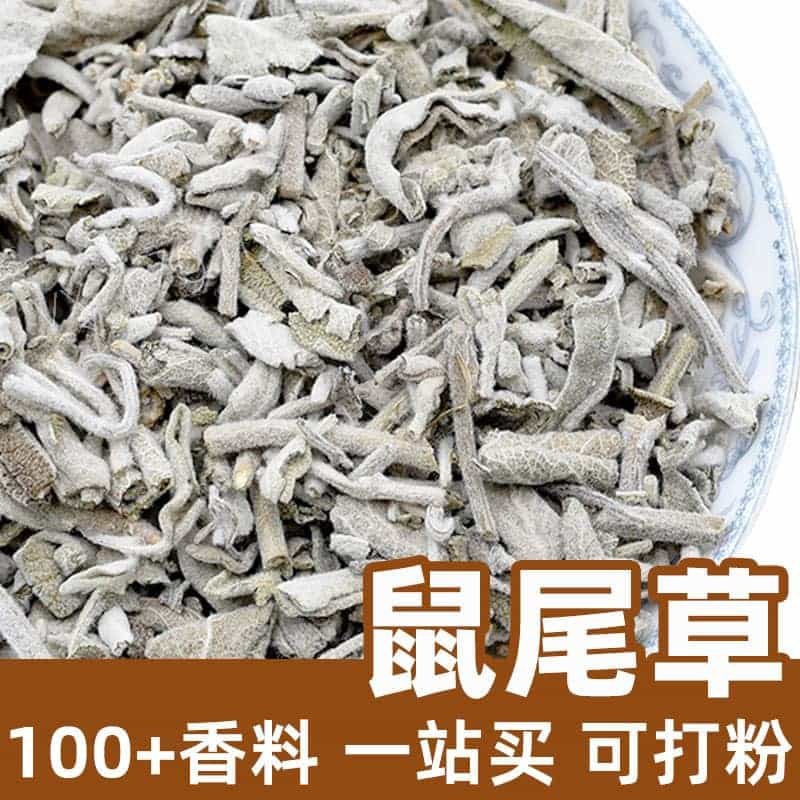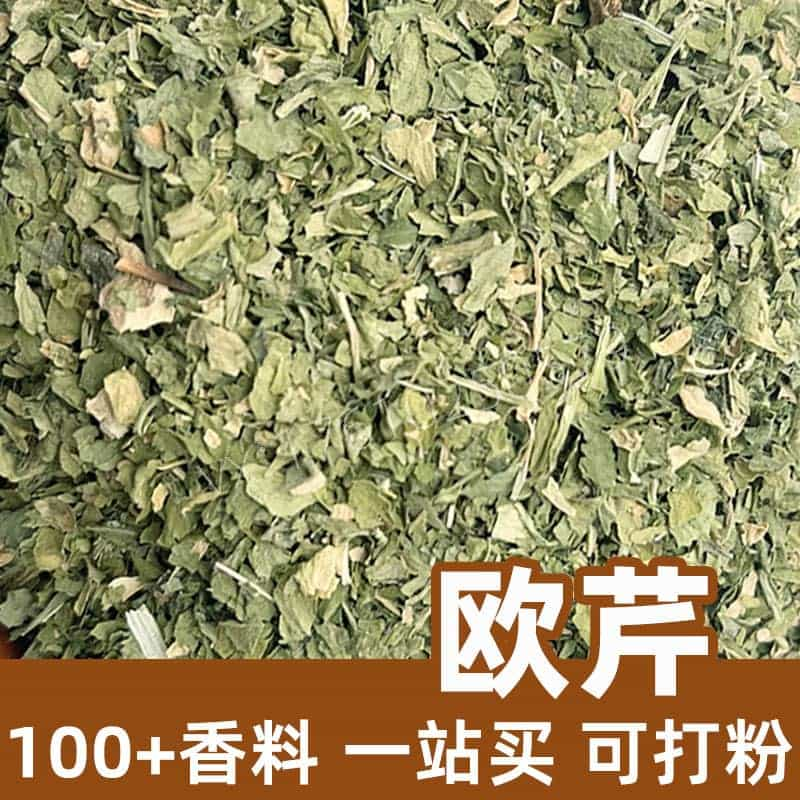Product Overview
Ginkgo Nut, also known as Yi Nao Guo or Nao Zi Guo, is the fruit of the ginkgo tree. It has an oval shape with a yellow-green or light yellow hue. The fruit has thick, firm flesh with a hard shell that encloses a kernel. Named for its reputed benefits to brain health and memory, Ginkgo Nut is recognized for its cognitive and mental benefits.
Benefits and Effects of Ginkgo Nut
Ginkgo Nut is believed to offer multiple benefits and effects. Here are its main advantages:
- Enhancing Intelligence and Memory: Ginkgo Nut is widely regarded as a brain-boosting food. It is thought to improve blood circulation in the brain, aiding cognitive function and mental clarity.
- Antioxidant and Anti-Aging: Ginkgo Nut is rich in antioxidants, such as ginkgolides, which can neutralize free radicals, slow cellular aging, support overall health, and help prevent chronic diseases.
- Promoting Blood Circulation: Ginkgo Nut is believed to promote blood flow. It may help dilate blood vessels, improve circulation, and support cardiovascular health.
- Anti-Inflammatory and Anti-Allergic: Ginkgo Nut contains compounds with anti-inflammatory and anti-allergic effects. It may help reduce inflammation, relieve allergy symptoms, and improve conditions like skin allergies and asthma.
Usage and Consumption Methods
Ginkgo Nut can be used as a food or medicinal ingredient. Here are the main ways it can be used, along with precautions:
- Eating: Ginkgo Nut can be eaten directly or used as an ingredient in dishes. Roasted Ginkgo Nut makes a tasty snack or seasoning with a nutty, sweet flavor.
- Soup Preparation: Ginkgo Nut can be added to soups with other herbs and ingredients. Paired with chicken, pork bones, or other items, it creates a nourishing, brain-boosting broth.
- Traditional Medicine: Ginkgo Nut is also used in traditional Chinese medicine preparations, like Ginkgo Nut granules or pills, to support cognitive and memory functions.
It’s recommended to consume Ginkgo Nut in moderation and adjust the amount according to individual needs and health conditions. For specific health issues or those undergoing medical treatment, it is best to use under a doctor’s guidance.
Botanical Background, Distribution, and Growth Environment
The botanical name for Ginkgo Nut is *Ginkgo biloba*, a member of the Ginkgoaceae family. Ginkgo trees are ancient and rare, often referred to as "living fossils." Originally from China, ginkgo trees are now cultivated worldwide.
The ginkgo tree thrives in warm, moist environments, commonly growing in mountainous areas or urban parks and gardens.
When the ginkgo fruit matures, it falls naturally and can be harvested, processed, and stored for future use.
Harvesting, Processing, and Storage
Once mature, the ginkgo fruit can be picked and processed. Properly processed Ginkgo Nut can be used immediately or stored.
To maintain freshness and quality, Ginkgo Nut should be kept in a cool, dry place, ideally in a sealed container.
In summary, Ginkgo Nut, the fruit of the ginkgo tree, is known for its cognitive, antioxidant, and circulation-enhancing benefits. It can be used as food or medicine, suitable for soups, cooking, and traditional medicine formulations. Understanding its specifications, chemical composition, and usage helps maximize its benefits for brain health and overall well-being.
Monica Sun is a seasoned expert in the natural raw materials industry, with over a decade of experience specializing in traditional Chinese medicinal herbs, spices, and fungi. She is skilled in the sourcing, processing, and application of these materials, emphasizing sustainability and innovation. Monica Sun has contributed to the development of high-quality natural raw materials that serve as essential components in functional foods, pharmaceuticals, and cosmetics, delivering tailored solutions to meet diverse market needs.









.jpg)


.jpg)


